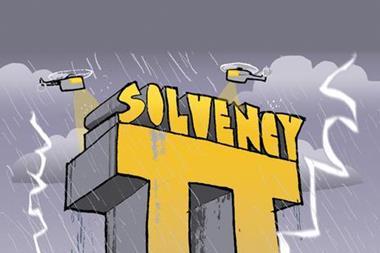Insurers will not need much extra capital, says QIS5
Solvency II will have little impact on insurance companies' balance sheets if transitional measures are put in place, the results of the latest test run for implementing the directive show.
The results of QIS (Quantitative Impact Study) 5, which assesses the impact that the new directive will have on European insurers’ balance sheets, show that the European insurance and reinsurance sector is sound.
They show that while insurers and reinsurers have less surplus capital available than under the Solvency I framework, this figure is largely wiped out if the companies in question apply internal models and transitional measures.
According to the QIS5 results, published by the European insurance regulator Eiopa, insurance groups have €86 billion less surplus capital available- a reduction of 44%. – than they would have done using Solvency I calculations.
However applying internal models and transitional measures to calculate the capital requirements under the more risk-based Solvency II limits the reduction of the surplus to €3 billion, which represents roughly 1%.
“This confirms the strong position of the European insurance sector since the capital surplus was reached despite a difficult market situation. These challenging market conditions, mainly due to decreasing asset values as a result of the impact of the financial crisis, resulted in a lower surplus under the still applicable Solvency I rules.”
Eiopa has said that it has concluded that transitional measures will be needed to implement the new directive, but should not be extended excessively.
The exercise also shows that the insurance companies which participated in QIS5 hold €395 billion of excess capital to meet their solvency capital requirements and excess capital of €676 billion to meet their minimum capital requirement.
A total of 167 insurance and reinsurance companies -almost 70% of those that Solvency II will apply to- participated in the QIS5 exercise.
Hosted by comedian and actor Tom Allen, 34 Gold, 23 Silver and 22 Bronze awards were handed out across an amazing 34 categories recognising brilliance and innovation right across the breadth of UK general insurance.














































No comments yet